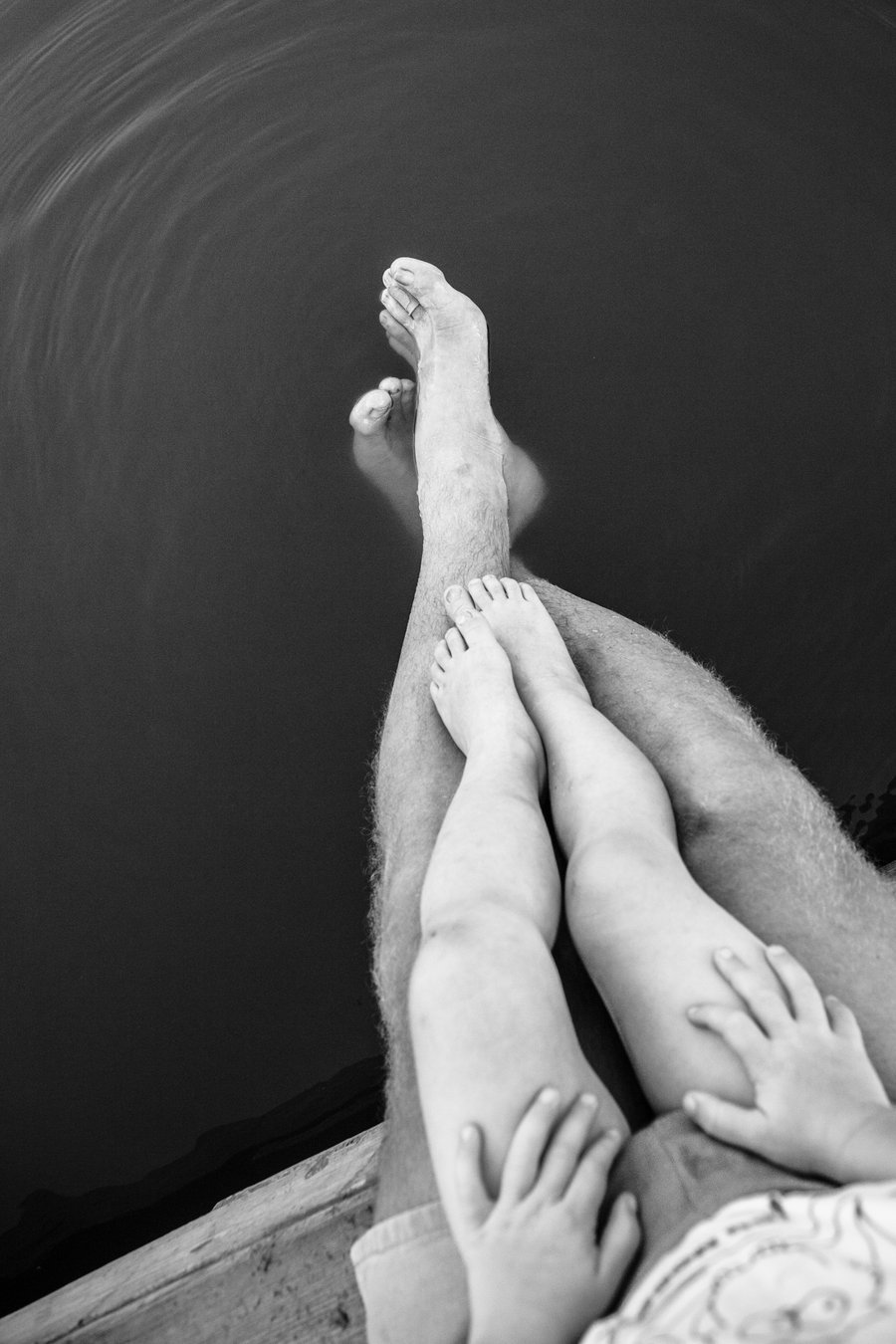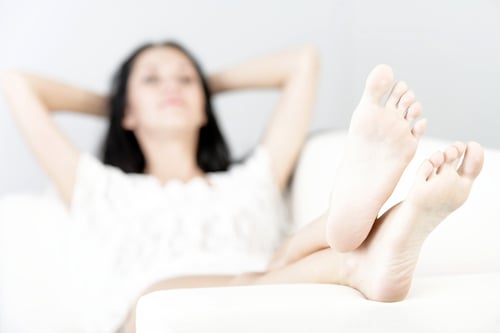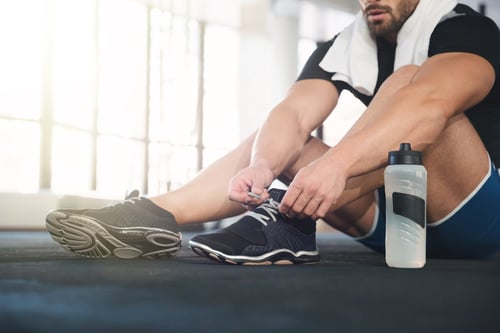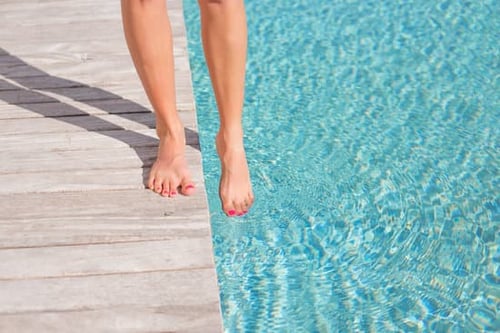
You may already be observing the ways that growing older can change your face, your metabolism and your ability to recover from strenuous exercise — but did you realize that aging also affects your feet? Whether it’s the development of hammertoes and bunions, a slimmed-down appearance, or a newfound susceptibility to slow-healing wounds, spending decades on (and off) your feet can have quite an impact. Read on to learn more about five of the unique ways your feet may change as you age.
Fat Dissolves
If you’ve ever pinched a baby’s chubby feet, you’re well aware of the squishy fat deposits we’re all born with. This fat cushions each foot’s ball, arch and heel to prevent bones from rubbing against each other (or hitting the ground).
But as you grow older, this excess fat begins to dissipate. You may notice that the veins on your hands, feet and other bony areas are becoming more prominent than they were before, largely due to the lack of cushioning fat. Unfortunately, the loss of fat deposits on your feet can accelerate the development of osteoarthritis, bone spurs and other conditions that may begin to limit your mobility.
It’s a good idea to invest in comfortable, well-fitting shoes and supportive insoles once you notice your feet slimming down. This extra cushioning can provide the same protection your adipose fat deposits once did.
They Get Wider
While you may assume the evaporation of excess fat will shrink your feet over time, in many cases, the opposite tends to happen. A combination of a lifetime spent standing and the natural loosening of your ligaments can allow your feet to widen and stretch over time, sometimes by as much as a full shoe size.
Having a proper shoe fitting performed every few years can ensure you’re not trying to cram your feet into too-tight shoes, which can cause further joint and circulation damage. It’s best to have your shoes fitted in mid-afternoon or early evening when your feet have had an opportunity to reach “full stretch.”
Circulation Slows
Aging can slow the speed at which your body circulates oxygen-rich blood. And chronic conditions like high blood pressure, high cholesterol and diabetes — along with lifestyle factors like smoking, drinking and not getting enough exercise — can further affect your circulation by damaging the capillaries that carry blood from veins to the surface of your skin. Your feet often bear the brunt of capillary damage, as they’re the farthest from your heart and tend to take the most abuse on a daily basis.
Because slowed circulation can affect the way wounds heal and increase the risk of infection, it’s important to keep your feet clean and dry whenever possible and to bandage any blisters, cuts or scrapes once you notice them.
Ligaments Stretch
Ligaments are an important and often underrated component of foot health. With age, these ligaments can stretch, increasing the risk that you’ll roll your ankle and take a tumble. If you’ve already sprained or strained your ankle once, you may want to talk to your doctor about wearing braces or some other form of support that will keep these ligaments in line and prevent further damage.
Your Toes Change Shape
Those who have worn high heels (or stuffed their toes into too-tight boots or tennis shoes) for years may suddenly notice that their toes are changing shape. Hammertoes, corns and calluses often begin to form around the same time your ligaments stretch and your adipose fat dissolves. This is another situation in which wearing well-fitting, comfortable shoes can significantly improve the way your feet look and feel.







